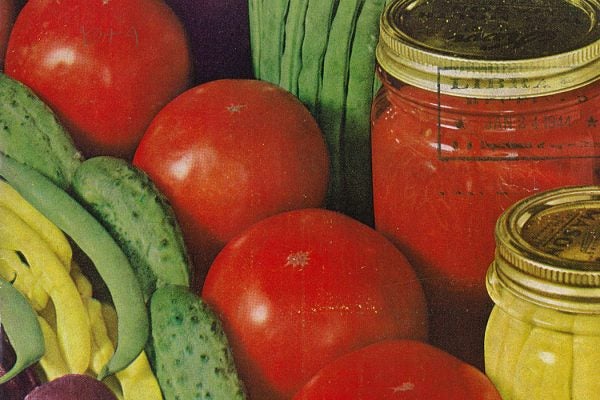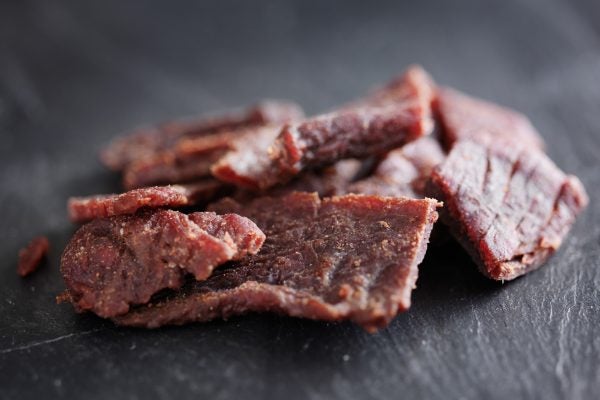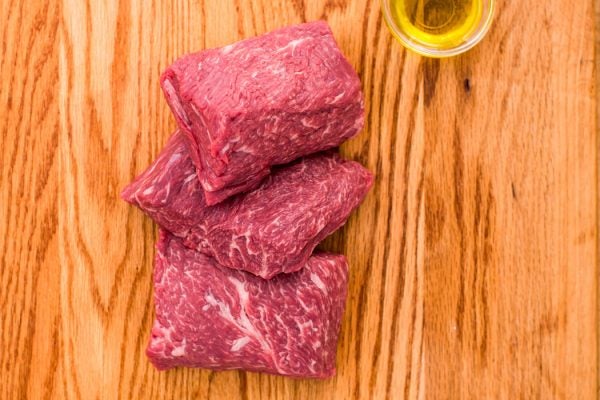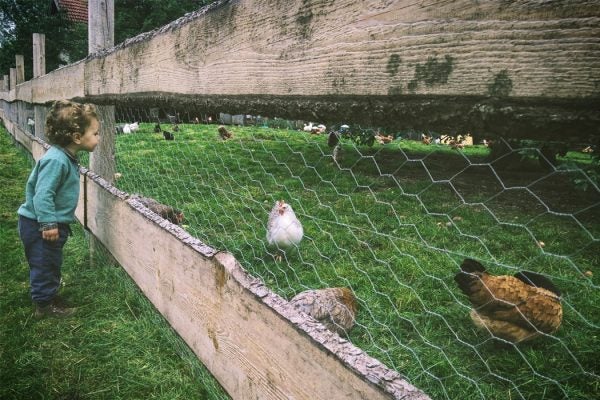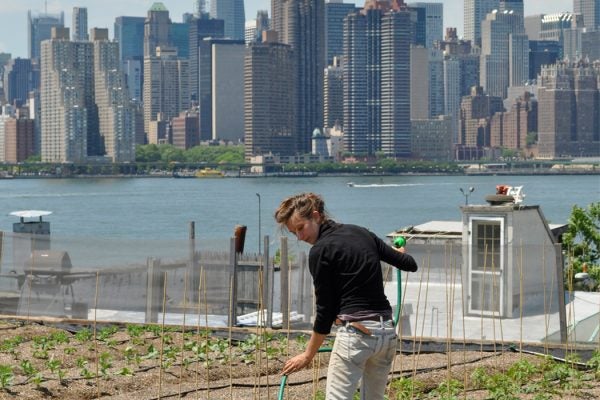The Surprising Backstory of Victory Gardens
In World War I, the Victory Garden movement encouraged people to grow their own food to conserve home-front supplies. But kids' gardens had planted the roots.
Ch’arki: The First Jerky
Ch'arki is made in the high-altitude Andes by alternately drying the meat in the hot sun and freezing it during the cold nights.
How to Carve Up a Cow, Sustainably
The industrial method of meat harvesting wastes a lot of food. Eco-conscious butchers are changing that.
Wild Rice’s Refusal to Be Domesticated
The reality of wild rice defeated the best efforts of Europeans to domesticate it.
Did Humans Once Live by Beer Alone? An Oktoberfest Tale
Some scholars have suggested that humans first started growing domesticated grains in order to make not bread, but beer.
The Beloved, Bedeviled Banana
The Cavendish banana is currently threatened by a fungal disease. A similar disease all but wiped out its predecessor, the Gros Michel banana.
The Ancient Roots of Apple Cider
Alcoholic apple cider has been around for centuries. So why does "hard cider" feel like a new trend?
Why You Should Visit a Farm This Summer
Agritourism may sound like a hot new trend, but it's actually been helping farms stay in business for over a century.
Speaking for Rural America, 100 Years Ago
In the early 20th century, the Country Life Movement tried to make rural life appeal to women. But it ignored many truths about farms and women alike.
How Urban Agriculture Can Meet Its Potential
New York City's urban agriculture has not been found to provide benefits to either hungry people or the environment. How could city farms work better?
